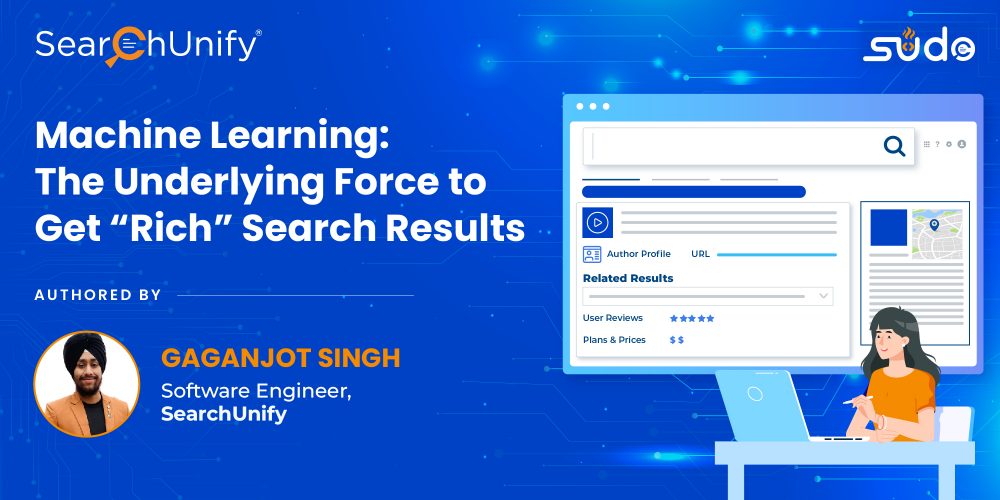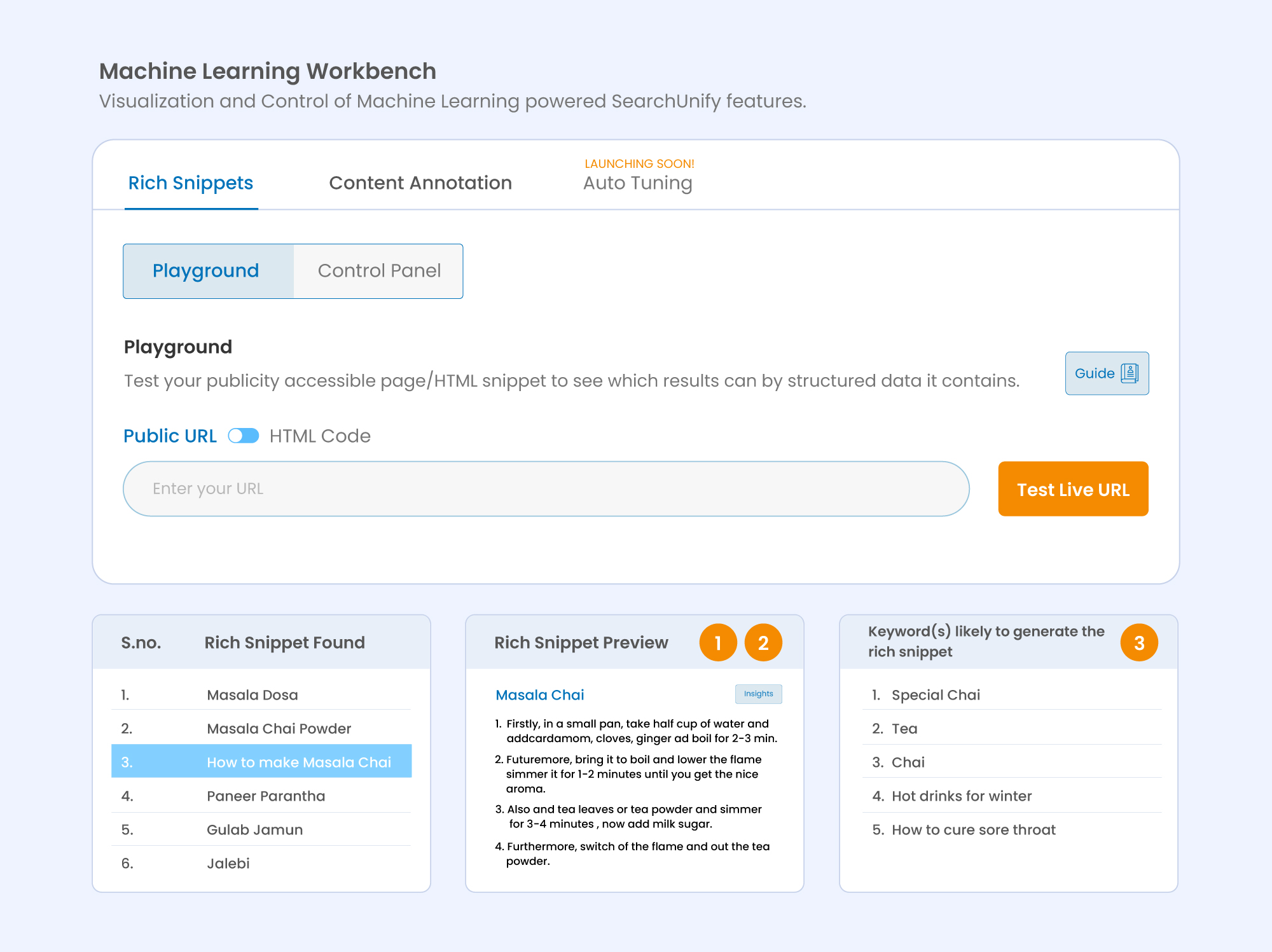
Whether it’s a startup or a fifty-year-old company, channeling qualified traffic to the website is the key to stand out from the crowd. However, it is a hard nut to crack. This is where rich snippets come into the frame!
They help to increase the visibility of the content on search engine result pages (SERPs), enhance click-through rates (CTRs), and drive more Return on Investment (ROI). But what are they? why are they important? And how Machine Learning (ML) helps optimize them? This blog post explains this in detail!
What Are Rich Snippets?
Rich snippets are defined as search results enhanced with additional bits of information and interactive features along with the basics–URL, title, and description.
In fact, these rich results add visual interest by showcasing more information than an average search result, including questions and answers, images, reviews, product availability, prices, etc. The extra content provides greater utility to users as they can decide if the link covers the information they need – without having to go up and down the SERP.
For example –
A typical search result looks like this:

Whereas, a rich snippet looks like this:

Here, the additional information such as a five-star rating and fourteen reviews catches the attention of a user and helps build trust.
Depending on the search query, some common types of rich snippets are product markup, music, recipes, reviews, and events. A search engine pulls the structured data from the page’s HTML it considers useful to meet users’ needs.
A Machine Learning Sentence Compression Algorithm for Rich Snippets
Surfacing the best answer to the query from the published content is a secret sauce to enhancing user experience. Enter Machine Learning “Sentence Compression Algorithm!” Launched in 2016 by Google, it is able to take long sentences from the relevant page on the web and extract specific nuggets of information a user is looking for.
One of the good news about machine learning properties is that it has evolved for the better. ML can now easily understand the user intent with an enhanced ability to construct content within the rich snippet.
Machine Learning: A Robust Route for Better Rich Snippets
Asserting that search engines use ML in one or many ways isn’t something new. But how does it help produce rich snippets? Let’s understand:
The content on the web pages needs to have a clear meaning for users to read it. However, search engines being bots, lack the human ability to discern the topics covered on those pages. This is where HTML tags play a crucial role. These are code elements with the back end of all web pages that assist search engines with key information for SERP display.
Machine Learning comprehends these tags and presents them in a relevant way, such as rich snippets, when matched to search queries.
SearchUnify Approach to Rich Snippets
SearchUnify, a enterprise agentic platform, leverages machine learning to produce rich snippets for elevated user engagement.
Take a look at our step-by-step approach:
Step 1: Extraction of Snippets
Our method of generating rich snippets from the search results is based on three algorithms:
1. Rule-based algorithm – We use a rule-based approach for step extraction, i.e., finding pre-defined tags from HTML data, such as <ol> tags, <ul> tags, etc. Rich snippets are saved in the system if the similarity threshold is passed between the query and the extracted steps.
2. Unsupervised ML Algorithm – We harness unsupervised ML algorithms and NLP techniques for intent detection and entity extraction to display relevant results.
3. Reckon with Google Tags – We take into account the Google tags and extract the possible set of snippets from the search result.
Step 2: Searching for Snippets From Extracted Data
We create semantic embeddings to find out the most relevant match based on the search query. In addition, we use cross-encoders to find the similarity between the query and a rich snippet, wherever applicable.
SearchUnify ML Workbench – A New Playground to Test Rich Snippets
SearchUnify has recently launched an ML Workbench which offers users the ability to test their publicly accessible pages and HTML codes. This helps them get a sneak peek of how the rich results are extracted from the structured data on the page.

Want to See How Rich Snippets Transform the Search Experience in Action?
A remarkable search experience goes a long way for any business. Organizations can make it a reality without burning a hole in their pocket or wasting time – by leveraging ML-powered rich snippets.
If you’re keen on finding out more about rich snippets and how to optimize them, request a free demo now!


















